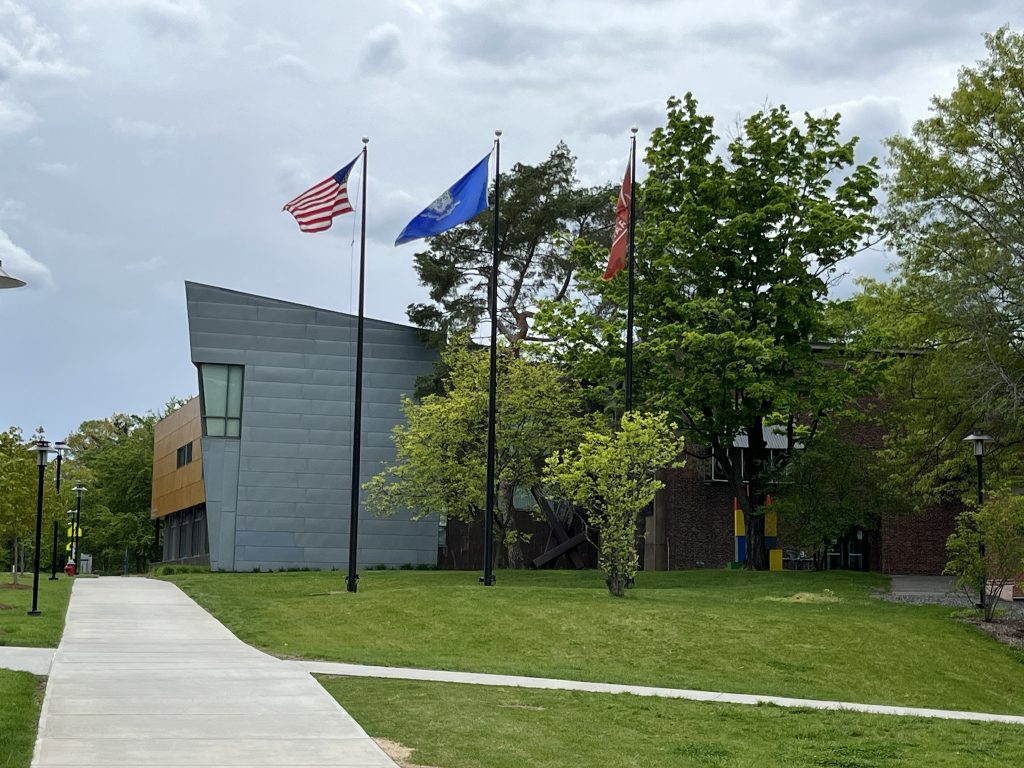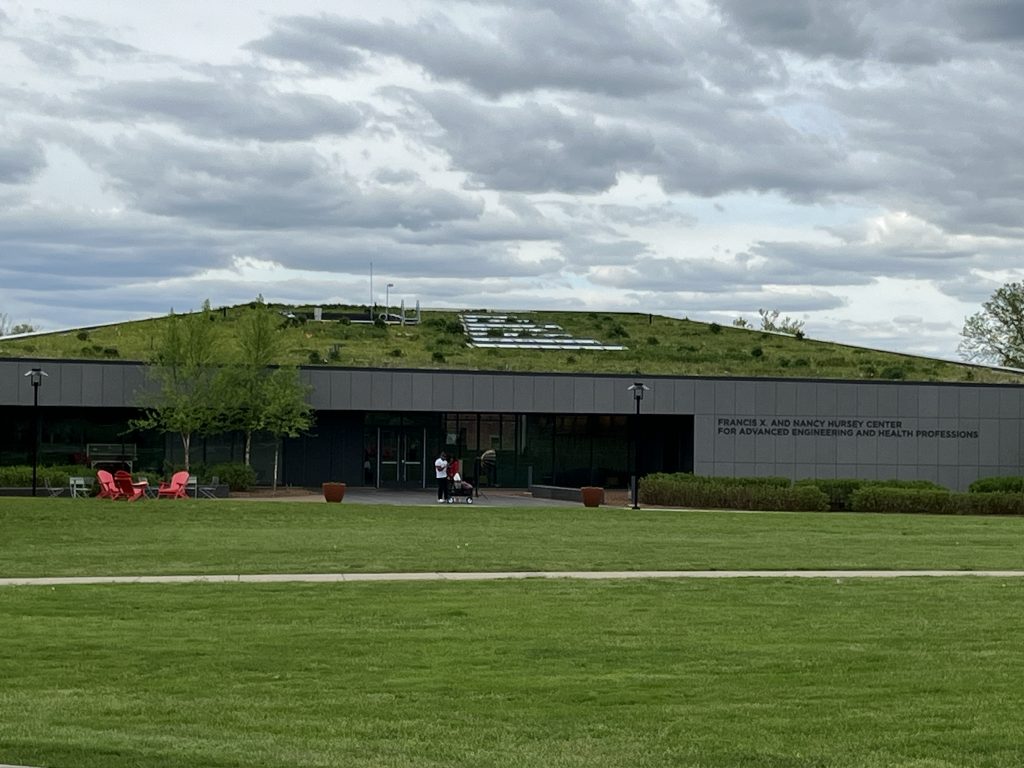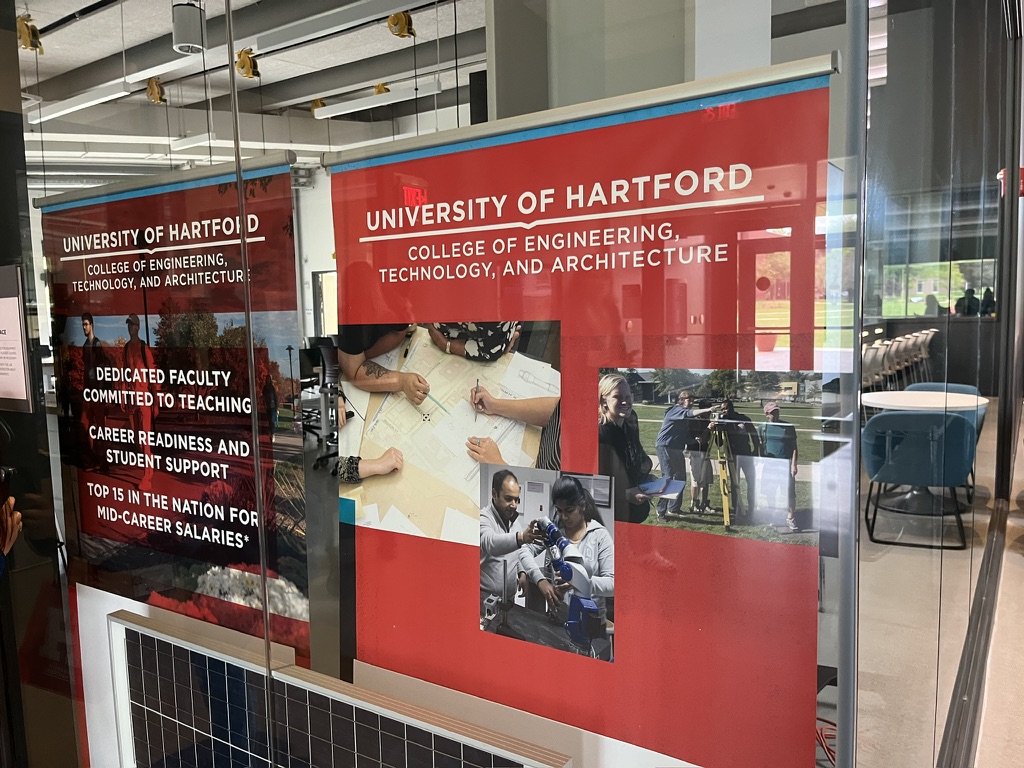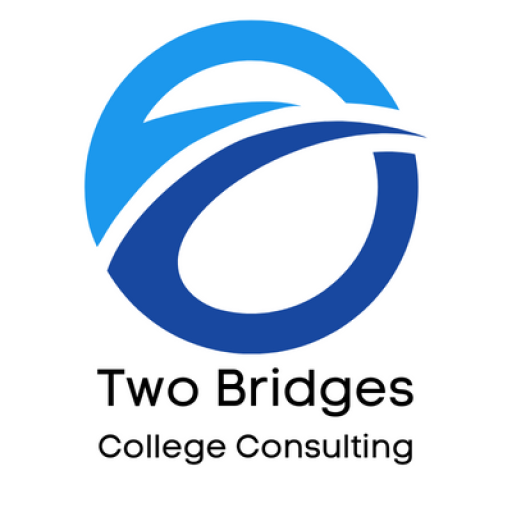Karen A. Hott, Hott off the Press
June 2024
Just two hours from two major cities, the University of Hartford lies halfway between New York City and Boston, in Connecticut’s capital, Hartford. ESPN broadcasting, insurance, health care, and government entities are in the school’s backyard, opening up opportunities for internships and networking.
The University of Hartford has about 3700 undergrads and about 2000 graduate students in seven colleges. With a student-to-faculty ratio of 8:1, the average class size is 14. Divided into an academic side and a residential side, the 350-acre campus takes about 10 minutes to cross.

Admissions
For a smaller university, Hartford offers a whole lot. Admitting about 83% of applicants, it gives students access to some programs, like engineering and architecture, that can be out of reach at more selective colleges. The programs run the gamut from the artistic to the technical, from the theoretical to the very practical. And they offer pathways to careers requiring advanced degrees.
Hartford admits students to a school or college within the university. All students take the University Interdisciplinary Studies Program: four courses from four different content areas. This “encourages students to explore majors in a thoughtful way and thus may lead them to new interests and career choices” https://www.hartford.edu/academics/curriculum. Hartford recognizes that most college freshmen need to be exposed to more than what they’ve already known.

The College of Arts & Sciences houses communications, digital media and journalism, politics and government, computer science, environmental science, and biology among 24 major programs. All students in the college take a first-semester seminar to strengthen writing and presentation skills. Newly renovated lab spaces contain the latest scientific instruments. Communications offers real-world experience with a student-run public relations agency, a podcasting studio, and a Mac digital production lab.
The Barney School of Business offers more than the usual accounting, finance, and marketing; you can major in entrepreneurial studies, risk management and insurance, sports management, business analytics and managerial economics, management, or supply chain and logistics management. You can get a master’s in four with an MBA or MSAT (accounting and taxation). All business students complete at least one internship.
The Hartford Art School offers BFAs in photography, illustration, and visual communication design. In addition, it offers animation and game art, ceramics, and painting, with minors in printmaking and sculpture. Galleries host visiting artists alongside student and faculty works.
The Hartt School has a well-regarded music conservatory with multiple bachelor’s of music programs and BFAs in dance and theater, including stage management and technical theater. Hartford puts on over 400 performances and exhibitions a year.

The College of Engineering, Technology, and Architecture has nearly every sort of engineering as well as a five-year BS plus a master’s in architecture (MArch). There’s also a BS in construction management and technology. Engineering majors cover acoustical, audio, biomedical, civil, electrical, mechanical, robotics, and computing. The electromechanical engineering technology degree has concentrations in automation, electronic, and computer.
The College of Education, Nursing, and Health Professions covers early and elementary education with a concentration available for Montessori education. Secondary education majors partner with the College of Arts and Sciences. Health sciences have pre-professional tracks for chiropractic, optometry, pharmacy, and podiatry. Nursing leads to a BSN. They have accelerated programs for physical therapy, occupational therapy, and prosthetics.
Hillyer College offers “profound support” to help students transition to their four years at Hartford. Smaller class sizes, dedicated tutoring, and classes in academic strategies comprise this support; students are dually enrolled in Hillyer and the college or school where they were admitted.
On a personal note:
My IECA tour of Hartford in early May was abbreviated because our tour bus broke down, so I spent a good bit of time going through the University of Hartford handouts to write up this article. The campus was attractive, clean and shiny, and it seemed to be in an upscale part of the city. But in going through the majors, I was stunned at the number of offerings–over 100 majors in diverse fields. That’s why I kept listing and listing programs!
I didn’t get a good sense of the student activities, though the Hawks do compete in Division III sports and have added a new track and field, and they boast 120+ clubs and organizations.
